Every organisation wants to run smoothly, but achieving that can feel like a constant challenge.
Processes can get messy over time, with inefficiencies creeping in and slowing things down.
This is where process documentation can make a real difference.
By capturing how tasks and workflows are carried out, businesses can identify inefficiencies, standardise procedures, and improve productivity across the board.
Effective process documentation isn’t just about writing things down.
It’s about creating a clear and accessible guide for everyone in the organisation to follow.
Why Process Documentation Matters 📋
When processes aren’t documented, there’s a lot of room for error.
Studies show that 74% of employees waste time each day searching for the information they need to do their jobs.
People might rely on memory or their own understanding of how things should be done, which can lead to inconsistency and mistakes.
Detailed documentation ensures that everyone is following the same steps, in the same order, to achieve the same outcome.
It provides a single source of truth that employees can rely on, whether they’re new to the organisation or have been there for years.
This consistency is especially important for tasks that involve compliance, safety, or quality control.
When there’s no guesswork involved, it’s easier to meet standards and avoid costly errors.
Identifying Inefficiencies 🔍
One of the biggest benefits of process documentation is that it helps you spot inefficiencies.
Research shows that inefficiencies cost companies up to 30% of their revenue every year.
When processes are written out step by step, it becomes clear where things might be slowing down or going wrong.
You might notice that some steps are redundant or that tasks are being duplicated across teams.
For example, you might find that two departments are handling the same approvals, which wastes time and resources.
By documenting processes, these inefficiencies come to light, giving you a chance to streamline workflows and make things run more smoothly.
Standardising Procedures ✅
Every organisation has its way of doing things, but without documentation, those ways can vary from person to person or team to team.
This can lead to confusion, delays, and inconsistent results.
Process documentation ensures that tasks are carried out the same way every time, no matter who’s doing them.
For example, in customer support, having a documented process for handling complaints ensures that every customer receives the same level of service.
Standardisation also makes it easier to onboard new employees.
Instead of spending weeks figuring out how things work, new hires can refer to the documentation and start contributing sooner.
It saves time for both the employee and the team.
Enhancing Productivity 🚀
When processes are documented and standardised, teams can work more efficiently.
They don’t have to waste time figuring out what to do or how to do it.
They can focus on the actual work, knowing they’re following the most efficient and effective steps.
A report from McKinsey found that organisations with streamlined processes are up to 30% more productive.
Documentation also reduces the number of questions and interruptions in the workplace.
Employees don’t need to ask colleagues for guidance as often because they have a resource to refer to.
This not only saves time but also allows everyone to concentrate on their own tasks.
Supporting Continuous Improvement 🔄
Processes are rarely perfect, and they need to evolve as the organisation grows and changes.
Process documentation provides a foundation for continuous improvement.
It makes it easier to identify what’s working and what’s not.
When changes are made, the documentation can be updated to reflect the new process, ensuring that everyone stays aligned.
This adaptability is especially important in fast-paced industries where processes need to keep up with changing demands or technologies.
Building a Knowledge Base 📚
Process documentation doesn’t just help with daily tasks.
It also creates a long-term knowledge base for the organisation.
This knowledge base can be used for training, troubleshooting, or even succession planning.
When someone leaves the organisation, their knowledge doesn’t leave with them.
It’s captured in the documentation, making it easier for their replacement to step in and carry on without disruption.
How to Start with Process Documentation 🛠️
Getting started with process documentation doesn’t have to be complicated.
Begin by choosing one or two critical processes that affect your organisation’s operations.
This could be anything from onboarding new employees to approving invoices.
Work with the people who know the process best.
Ask them to outline each step and describe how the process works in practice.
Use simple tools like flowcharts or checklists to make the documentation clear and easy to follow.
Make sure the documentation is stored in a central location where everyone can access it.
This could be a shared drive, an intranet, or a dedicated software tool.
The Bottom Line ✅
Process documentation is a powerful tool for any organisation.
It helps identify inefficiencies, standardise procedures, and improve overall productivity.
By creating clear and accessible documentation, businesses can ensure that tasks are carried out consistently and efficiently.
It’s not just about saving time.
It’s about creating a workplace where people can focus on what matters and work together more effectively.
If you want to streamline your operations and make your organisation run more smoothly, start with process documentation.
It’s a simple step that can make a big difference.






